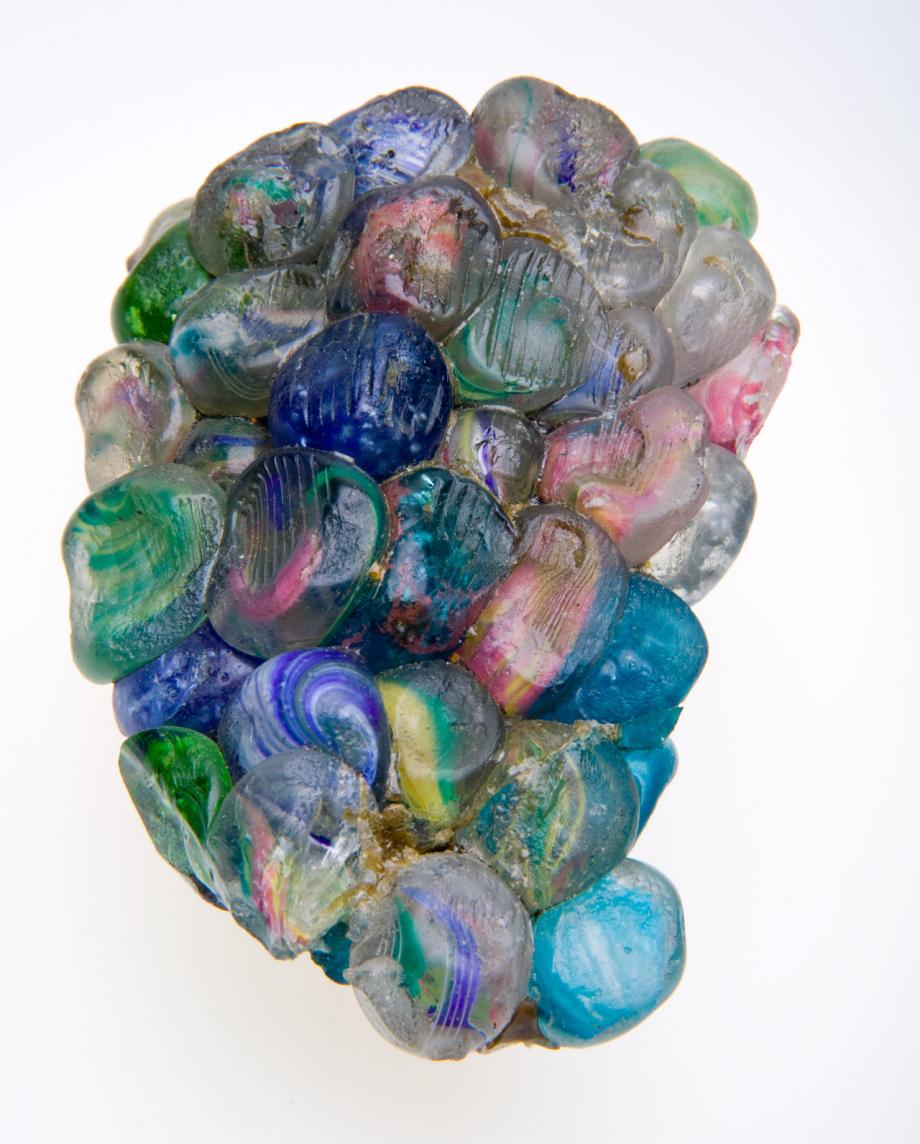Rat in the Hat
Gold Member
- Mar 31, 2010
- 21,949
- 6,021
- 198
15 farts in a row from the agent trolls.
In the words of FAMED con man and snake oil salesman DICKIE GAGE...
"Shut the Fuck up and send me $1000."
Follow along with the video below to see how to install our site as a web app on your home screen.
Note: This feature may not be available in some browsers.
15 farts in a row from the agent trolls.
Please do not respond to the fart comments.
Eventually he will either go away or stop hiding.





steel doesn't need to melt to lose it's structural integrity...a glass bottle melts at 1000 degrees
that is irrelevant to the subject of this thread.Tech Specs
Technical Specifications for Glass
Softening Point - The temperature at which unsupported glass will begin to sag. If the temperature is reduced slightly, the glass will remain in the sagged shape. For soda-lime glass, this point is 726°C (1340°F).
When heat treating glass, the softening point should not be exceeded during heating to prevent roller wave or other shape distortion. Generally, heat treat processing equipment targets approximately 1180-1200°F maximum glass temperature during the glass heating phase.
Annealing Point - This is the temperature at which glass will relieve stresses (either compressive or tensile) in a matter of minutes. For soda-lime glass, the annealing point is 546°C (1015°F).
Specialty Glass Products, Inc
I still can't get my mind to accept the fact that some people are more willing to accept this huge conspiracy
concept over what actually happened.
Tech Specs
Technical Specifications for Glass
Softening Point - The temperature at which unsupported glass will begin to sag. If the temperature is reduced slightly, the glass will remain in the sagged shape. For soda-lime glass, this point is 726°C (1340°F).
When heat treating glass, the softening point should not be exceeded during heating to prevent roller wave or other shape distortion. Generally, heat treat processing equipment targets approximately 1180-1200°F maximum glass temperature during the glass heating phase.
Annealing Point - This is the temperature at which glass will relieve stresses (either compressive or tensile) in a matter of minutes. For soda-lime glass, the annealing point is 546°C (1015°F).
Specialty Glass Products, Inc
 You are clueless dude.
You are clueless dude.  Heat treating annealing temp is not the melting point.
Heat treating annealing temp is not the melting point. 
Tech Specs
Technical Specifications for Glass
Softening Point - The temperature at which unsupported glass will begin to sag. If the temperature is reduced slightly, the glass will remain in the sagged shape. For soda-lime glass, this point is 726°C (1340°F).
When heat treating glass, the softening point should not be exceeded during heating to prevent roller wave or other shape distortion. Generally, heat treat processing equipment targets approximately 1180-1200°F maximum glass temperature during the glass heating phase.
Annealing Point - This is the temperature at which glass will relieve stresses (either compressive or tensile) in a matter of minutes. For soda-lime glass, the annealing point is 546°C (1015°F).
I just posted wine bottles completely deforming in a backyard campfire
Specialty Glass Products, Inc
You are clueless dude.
Heat treating annealing temp is not the melting point.
Glass does not change shape until it exceeds 1340°F. Pyrex does not change shape until it exceeds 1550°F. I have shown you proof that glass melts in ordinary house fires. I have also personally seen Pyrex melt & run down a foundation wall in a regular house fire. Some day I will make my way back to that 7 year old foundation & take a picture & post it here.
it's extremely relevant to this thread.steel doesn't need to melt to lose it's structural integrity...
that is irrelevant to the melting point of a bottle
KissMy handed you your ass... stop whining.
